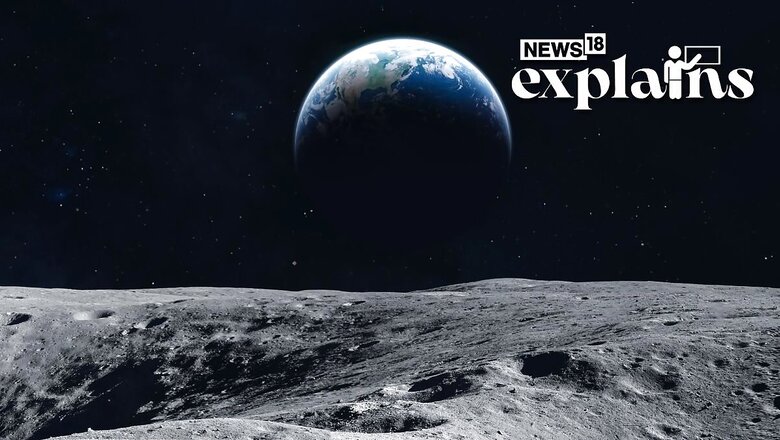
views
The Indian Space Research Organisation (ISRO) is gearing up for its third moon mission, scheduled for July 14 at 2.35 p.m. ISRO recently announced the successful completion of vehicle and rocket electrical tests, bringing the mission one step closer to launch. Excitingly, the space agency has also opened bookings for the general public to witness the historic event of the LVM-3 rocket carrying the Chandrayaan-3 spacecraft.
The Chandrayaan programme, a prestigious Indian lunar exploration initiative, encompasses a series of space missions undertaken by ISRO. Chandrayaan-3, the latest installment, features an indigenous lander module, a propulsion module, and a rover. The primary objectives of this mission are to develop and demonstrate cutting-edge technologies essential for interplanetary missions. Notably, the lander is designed to achieve a gentle landing at a predetermined lunar site, allowing for the deployment of the rover. The rover will embark on a mission of chemical analysis, studying the composition of the lunar surface during its mobility phase.
Amidst the rapid advancements and preparations for Chandrayaan-3, it is crucial to understand the significance of lunar exploration for humankind. The Moon has always captivated our curiosity, and exploring its mysteries has yielded invaluable insights into our own existence and the universe. Here’s a closer look at why lunar exploration holds such paramount importance:
Why Explore the Moon?
A Repository of the Earth
The Moon offers a multitude of answers and opportunities across various domains, comparable to the countless craters dotting its surface. As the Moon formed from Earth, it serves as a repository of Earth’s early history, preserving records that have been erased on our dynamic planet due to geological processes, explains a report by NASA.
Exploring the Moon provides scientists with invaluable insights into Earth’s origins, the formation and evolution of the Earth-Moon system, and the influence of asteroid impacts on Earth’s past and potentially its future.
Intriguing Engineering Challenges
Moreover, the Moon presents intriguing engineering challenges, making it an ideal testing ground for technologies, flight capabilities, life support systems, and exploration techniques.
It offers a unique environment to assess the risks and enhance the efficiency of future missions. By establishing a presence on the Moon, we can gain firsthand experience of living and working on another world, enabling us to test advanced materials and equipment under extreme conditions of temperature and radiation, as per NASA.
Additionally, lunar exploration will allow us to optimise the utilization of robots for supporting human tasks, exploring remote locations, and gathering valuable information from hazardous regions.
Important for Treating Human Conditions
The lunar environment poses specific health challenges for astronauts due to its lower gravity and higher radiation levels compared to Earth. Addressing these challenges is vital for medical researchers, as it presents opportunities for significant advancements in preventing and treating conditions such as bone and muscle loss and certain types of cancers. These breakthroughs in medicine will undoubtedly have far-reaching benefits for humanity.
Business Prospects
Exploring the Moon also creates exciting business prospects, fostering technological innovations and applications while leveraging new resources. Furthermore, establishing lunar outposts opens doors for adventurers and explorers to extend their reach beyond the Moon, setting the stage for exploration and settlement on other planets and moons within our solar system. The possibilities for investigation and discovery in the vast universe are endless and await our exploration, the report explains.




















Comments
0 comment